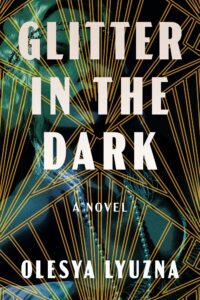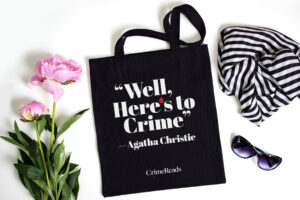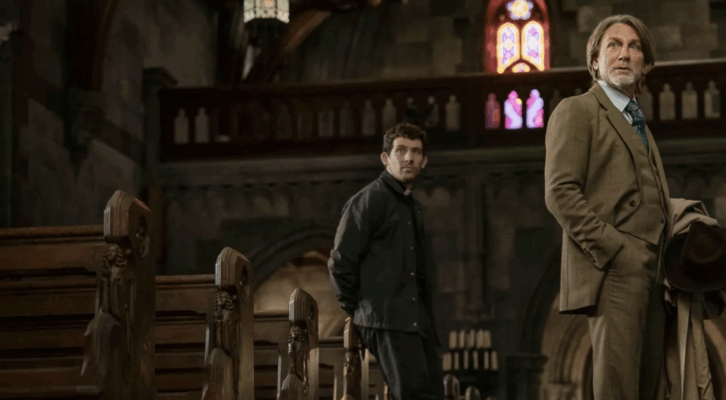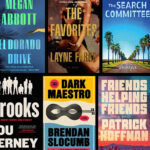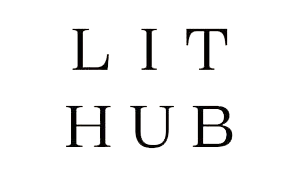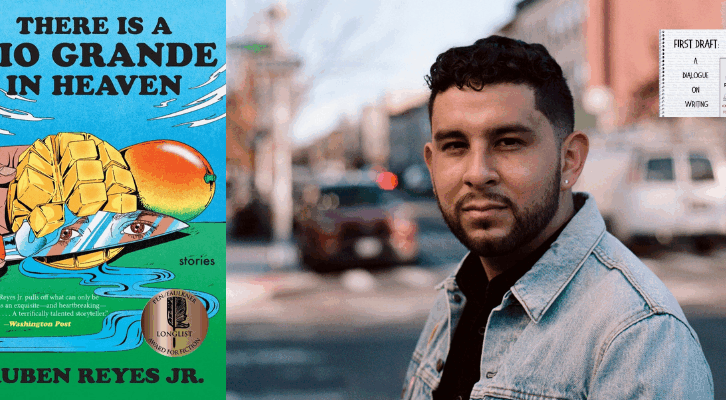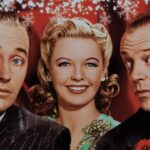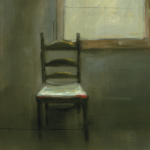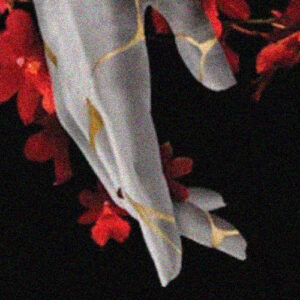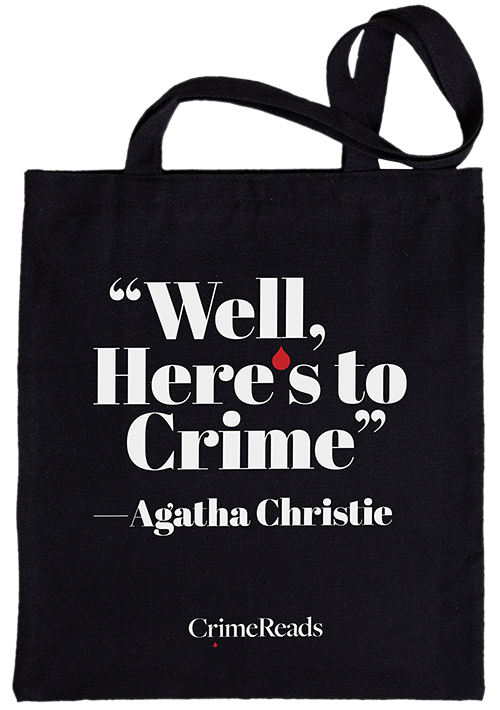Novelists don’t need all the facts. We’re illusionists, after all. A little misdirection, a little sleight of hand, and suddenly the trick becomes real. Reporters don’t have that luxury. They deal in facts—or at least, that’s what they want you to think.
I should know. I fall for them every time.
I like to talk. They like to listen. They press, I spill, and before I know it, I’ve laid all my cards on the table.
One in particular still lingers in my mind. We didn’t last long, but I let him get further than most. A dimly lit dive bar. A plate of fries between us. Late winter, the windows fogged from the heat inside. His gaze cut through the red neon glow—not like a man picturing my pleated skirt on his floor, but like a detective studying a suspect, figuring out the angles.
Every question was deliberate. My answers slipped past my defenses like smoke under a locked door.
I let it happen.
He told me all his tricks—how he’d corner his sources, how he’d make them talk, how he’d play his hand just right and make them think they were winning. He laid it all out like a confession. Maybe it was a warning. Maybe a test.
I knew exactly how it worked. Should’ve seen it coming.
But I still gave him everything he wanted. Like a real sucker.
And I loved every minute.
That’s why journalists make damn good detectives—but whether they’re heroes or villains depends on where their moral compass tilts. Some chase justice, some chase the byline, and some just like the game.
When a Harlem torch singer goes missing in my debut Glitter in the Dark, the only woman on the case is Ginny Dugan, an advice columnist with bigger ambitions. She knows how to ask the right questions, press where it hurts, push past locked doors. That’s what reporters do best. But the deeper she goes, the more the story closes in around her—until the truth isn’t just something to expose, it’s something she has to survive.
That’s what makes reporter sleuths so damn compelling. Sure, they can cut through the noise, break past the polished surface to find the dark, troubling secrets lurking underneath. But even more compelling is their weakness. Because no matter how sharp, how relentless, how cool they seem, there’s always something that cracks them open.
Some stories cut too deep. Some truths cost more than they’re worth. And some don’t just leave a mark—they pull you under.
If you love characters who push too far, ask the wrong questions, and end up paying the price, this list is for you. Keep reading for some of my favorite reporter sleuths, and drop your own in the comments.
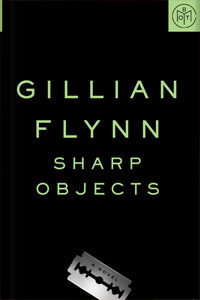
Sharp Objects by Gillian Flynn
A decade after her little sister’s death, Camille Preaker has carved almost every inch of her body with words, a testament to the pain she’s never truly left behind. Now, working as a reporter in Chicago, she’s sent back to her hometown to cover the brutal murders of two young girls—both found with their teeth removed.
Flynn’s gothic-noir masterpiece drips with unease, the kind that settles in your stomach and lingers long after the last page. Camille is a journalist, yes, but she’s also deeply compromised: haunted, unreliable, and dangerously susceptible to the very forces she’s investigating. As she navigates the small-town minefield of gossip, secrets, and her own nightmarish family dynamics, the case becomes as much about her own survival as it is about finding the killer.
Her weapon of choice is language—words define her, consume her, both on the page and on her skin. If she can just find the right words, maybe she can make sense of the mess she’s drowning in.
But the deeper she digs, the more the town—and her own past—seems poised to swallow her whole…
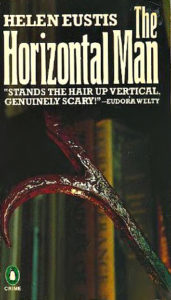
The Horizontal Man by Helen Eustis
At first glance, The Horizontal Man seems like a classic campus murder mystery: an English professor is found dead, and newspaper reporter Jack Donnely is on the scene, eager for a salacious scoop. But this is no ordinary detective novel. Instead, Eustis delivers a sharp, psychological noir where the mind games are as dangerous as the crime itself.
Chasing headlines over hard truths, Donnely initially manipulates a grieving student’s confession for the sake of selling papers. But his ambitions take a turn when he meets Kate Innes, a sharp-witted student editor who won’t let him get away with it. Kate is tough—cynical yet idealistic, more of a detective than the so-called journalist she finds herself teaming up with. And as Donnely is drawn to Kate, he finds himself pulled away from sensationalism and toward something resembling real justice.
What makes The Horizontal Man stand out in the noir canon isn’t just its setting—an insular, neurotic university filled with academics teetering on the edge of mental collapse—but its ahead-of-its-time exploration of psychology and identity. There are two mysteries at play here: the murder itself, and the inner workings of a cast of characters whose desires, fears, and hidden selves threaten to destroy them all.
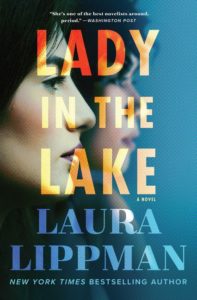
Lady in the Lake by Laura Lippman
Maddie Schwartz has spent the last two decades playing by the rules as a wife, a mother, a well-behaved woman who fit neatly into the expectations of 1960s Baltimore. But now, she wants something more. Something bigger. She wants a story.
It starts with a missing girl who vanished without a trace. When Maddie’s intuition leads her to the child’s body, she sees her opening. The discovery earns her a foothold at The Star, and she reinvents herself as a reporter, chasing leads, pushing past locked doors, refusing to take no for an answer.
But one story isn’t enough. Soon, she’s digging into the disappearance of Cleo Sherwood, a young Black woman whose murder barely made the papers. Maddie isn’t just looking for the truth—she’s trying to find her place in the world, rewriting the roles assigned to her by the life she left behind.
Lippman’s kaleidoscopic noir unfolds like a newspaper—a shifting patchwork of voices, from Cleo’s grieving friends and family to the men who crossed paths with her, to Cleo herself, watching from beyond the grave as Maddie exposes secrets best left buried.
This is a book about power. Who gets to ask the questions? Who deserves the answers? Whose story is Maddie really telling—and at what cost?
Lippman builds a deeply researched, atmospheric portrait of 1960s Baltimore, steeped in its racial and gender politics, layered with ambition, guilt, and the uneasy truth that journalism doesn’t just report on the world—it changes it. Sometimes for the better. Sometimes not.
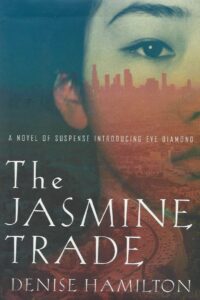
The Jasmine Trade by Denise Hamilton
The murder of Marina Lu looks like a robbery gone bad. A teenage girl found dead in her car, her bridal gowns still in the backseat, her diamond ring catching the last of the LA sun. But Los Angeles Times reporter Eve Diamond knows better.
She follows the story into the world of “parachute kids”—wealthy Asian teenagers sent to America for education and opportunity, left behind in mansions while their parents run businesses overseas. Money doesn’t keep them safe. Neither does privilege. Marina had both, and she still wound up dead.
Eve has a knack for spotting the cracks beneath the city’s surface. The deeper she digs, the darker the picture gets. What was Marina doing with a much older fiancé? Why won’t her father answer any questions? And why does the trail keep leading Eve into a far uglier subculture—where young women like Marina aren’t debutantes, but property?
This is Los Angeles noir at its sharpest—a world of power and isolation, a neon-lit dream that rots from the inside out. Hamilton writes LA like she owns it, laying bare the places most people don’t want to see: the empty mansions, the late-night diners where secrets trade hands, and the rooms where silence is bought and paid for.
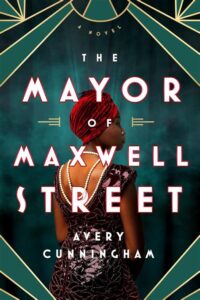
The Mayor of Maxwell Street by Avery Cunningham
Penelope “Nelly” Sawyer has spent the past year writing under a pseudonym, slipping into the streets of 1920s Chicago to report on the realities of life under Jim Crow for The Chicago Defender. But when her editor discovers her identity—a wealthy Black debutante making her entrance into high society—he doubts her abilities. To prove herself, she’s given an impossible assignment: uncover the identity of the Mayor of Maxwell Street, a shadowy figure lurking in Chicago’s vice-ridden underworld.
This is an atmospheric historical noir that contrasts the gilded excess of affluent Black society with the dangers of the city’s underground. As a self-taught journalist, Nelly relies on sharp observation and pure instinct, even as the men in her life—her editor, her suitors, the powerful figures she investigates—try to box her into a role that suits them.
But Nelly isn’t just chasing a story—she’s fighting to define herself before the world does it for her.
The novel crackles with both danger and romance, as Nelly follows the trail of the elusive Mayor, navigating not just prejudice and corruption, but the flames of an attraction that could either unravel her or set her free.
Like Nelly, Ginny Dugan is chasing more than just a story. She wants respect. Recognition. The chance to prove she’s more than what people expect.
In Glitter in the Dark, she’s stuck writing fluff for Photoplay when she witnesses a kidnapping in a Harlem speakeasy. No one believes her. But she knows what she saw—and her pursuit of this story drags her from underworld hideouts to Broadway’s brightest lights, where every answer has a price.
If you like your mysteries with a sharp-eyed journalist, a world that glitters on the surface but rots underneath, and a truth that won’t stay buried, Glitter in the Dark might be your next big scoop.
**


